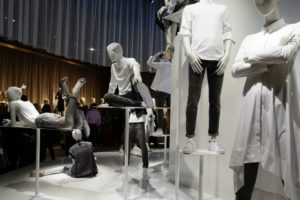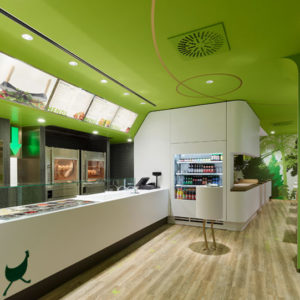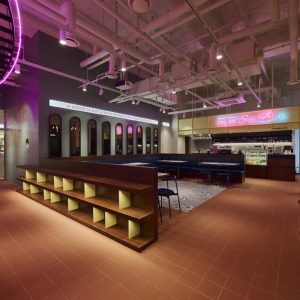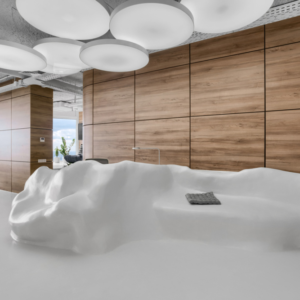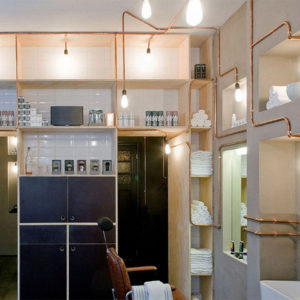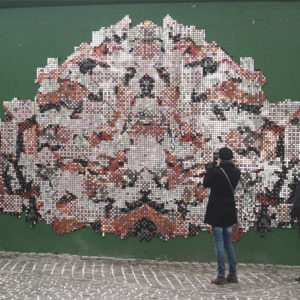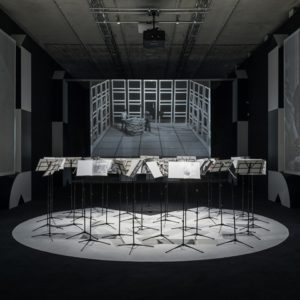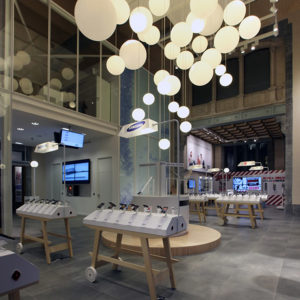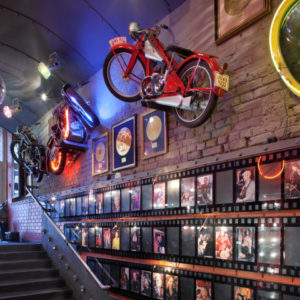
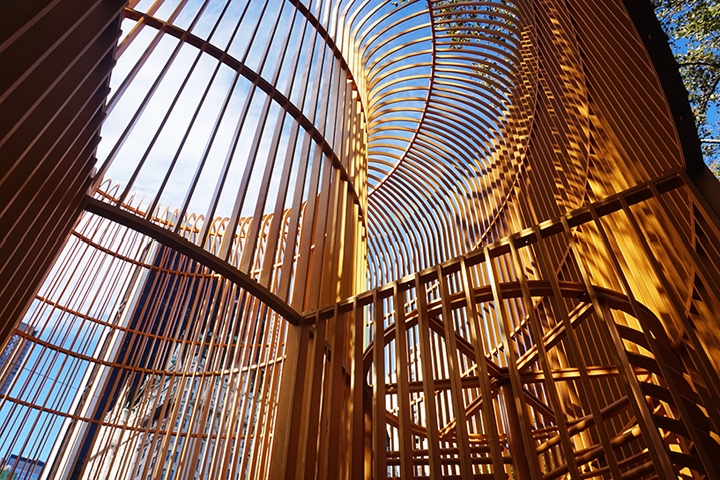

Across New York, world renowned artist and activist Ai Weiwei has unveiled a city-wide Public Exhibition titled ‘Good fences make good neighbors’.
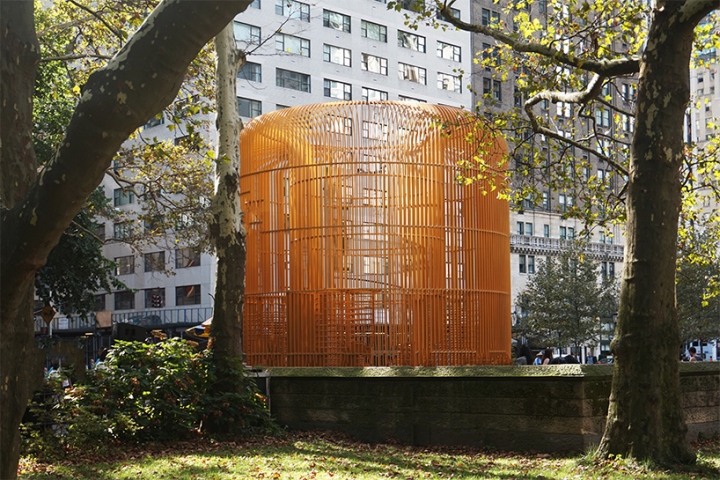
Having grown up amid the upheavals of the cultural revolutions in China, Weiwei has developed a particular empathy with displaced people — circumstances which led him to address the topic of ‘fences’. Over the past years, the artist traveled to refugee camps across the globe and dedicated much of his practice to bringing attention to the plight of displaced people, many of whom are victims of war or acts of terror. Presented by Public Art Fund and developed in close collaboration with its curatorial team, the exhibition features a range of components at varying scales, intended to spread a political message across the boroughs of New York City.
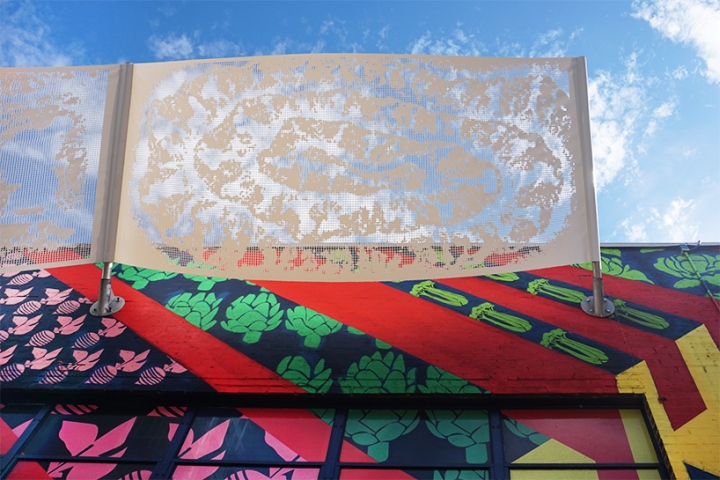
Due to its large scale and extensive scope, the exhibit required cooperation from both public and private organizations. The site specificity of ‘good fences make good neighbors’ pays particular homage to Weiwei’s own life, having lived in the city for more than a decade. ‘New York is the city that I spent about 10 years in,’ the artist said at the press preview. ‘I learned so much from this city and I love it so much. Its not easy for me to do this work. I have to do something to pay back my respect, and my love.’ ‘We had the choice to do work in different locations, like Rockefeller Center for example,’ Weiwei continues.
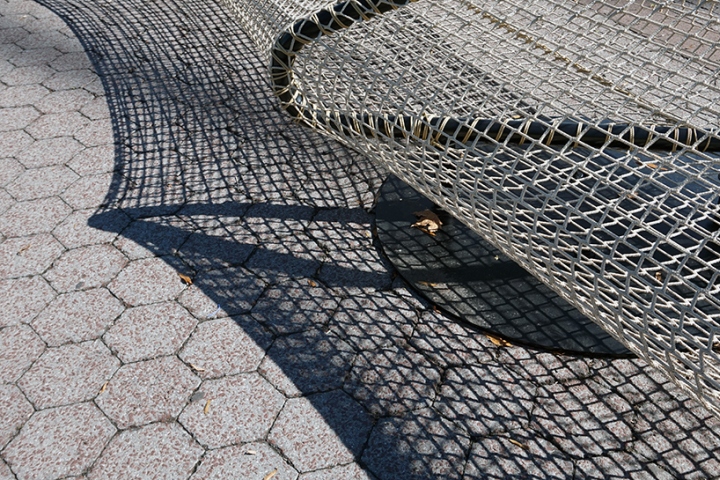
‘But I’m more interested in the city, like bus stations. That really makes the five boroughs — the people who use the city, as a facility’. By adopting elements of the urban fabric as the backdrop for his work, Weiwei creates an accessible exhibit that is interwoven with the daily lives of all New Yorkers. Large-scale, site-specific works are installed in three major parks around the city, including ‘the Arch’ at Washington Square Park — a 40-foot tall cage structure within the triumphal monument — realized and fabricated in collaboration with UAP. ‘The form of a fence or cage suggests that it might inhibit movement through the Arch, but instead a passageway cuts through this barrier – a door obstructed, through which another door opens’, explains the artist.
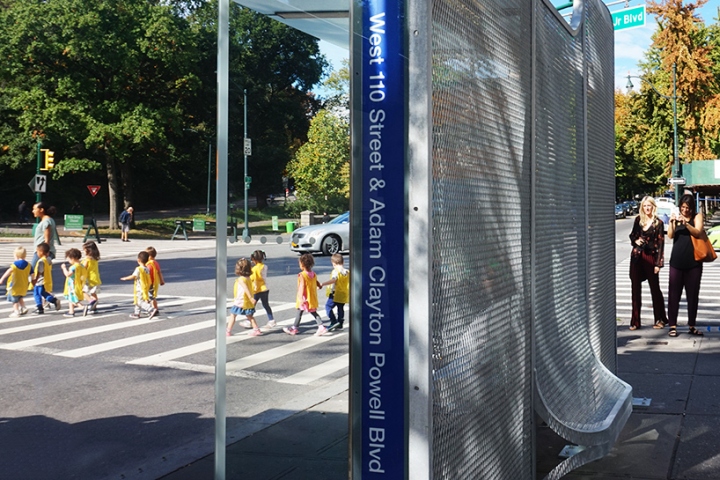
Site-specific interventions are also placed on top of and even in between private buildings around lower Manhattan. The exhibit also includes a series of new flagpole-mounted works sited on the Façade of the Essex Street Market, as well as sculptural interventions that surround 10 bus shelters across the city. In addition to these pieces, Weiwei has developed a series of 200 banners that appear in all five boroughs on lampposts. The banners feature portraits of immigrants from different periods, photographs of notable refugees, images from Weiwei’s studio, and cell phone photos taken by the artist at refugee camps around the world.
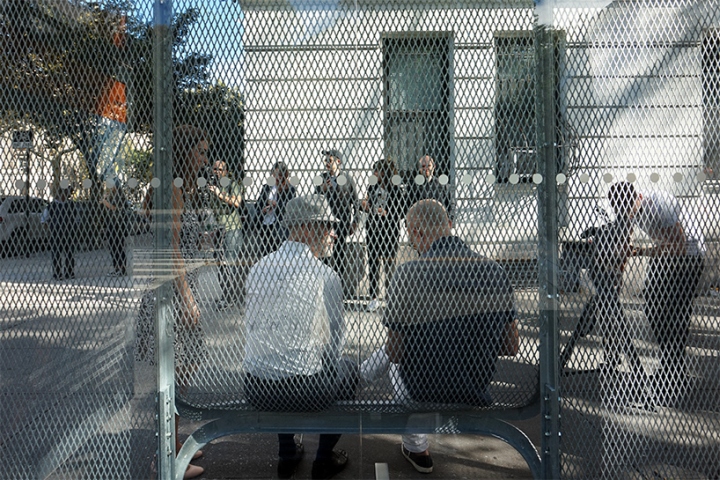
‘In many ways, ‘good fences make good neighbors’ is the culmination of ai Weiwei’s work to date’ explains Nicholas Baume, director and chief curator of the public art fund. ‘It grows out of his personal experience of ‘otherness,’ his distinguished practice as both artist and architect, as well as his intensive research on the international refugee crisis and global rise of nationalism.’ Variations on the fence – from metal chain link to synthetic netting – form interventions that adapt to their sites, ‘as if growing out of urban space and changing how we relate to the fence and our environment’. The project marks ai Weiwei’s largest and most ambitious Public Art Exhibition to date and will be on view from October 12, 2017 – February 11, 2018, at 300+ sites across New York City.
Design: Ai Weiwei
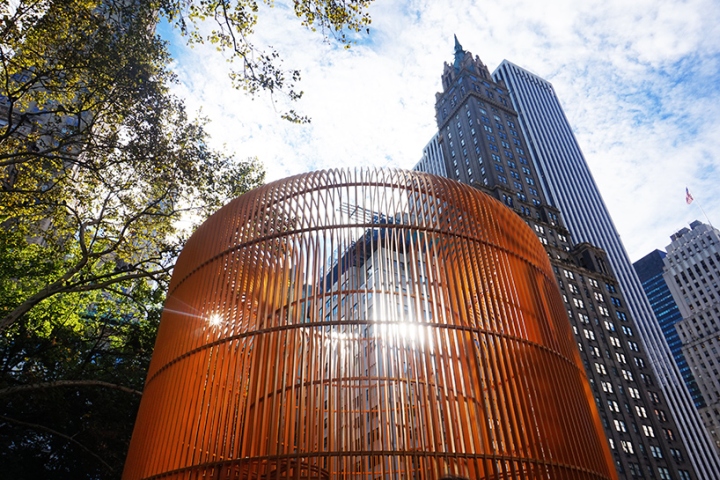
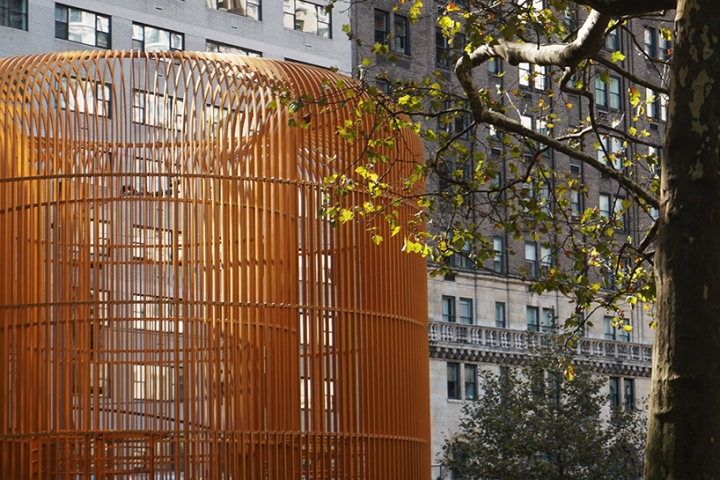
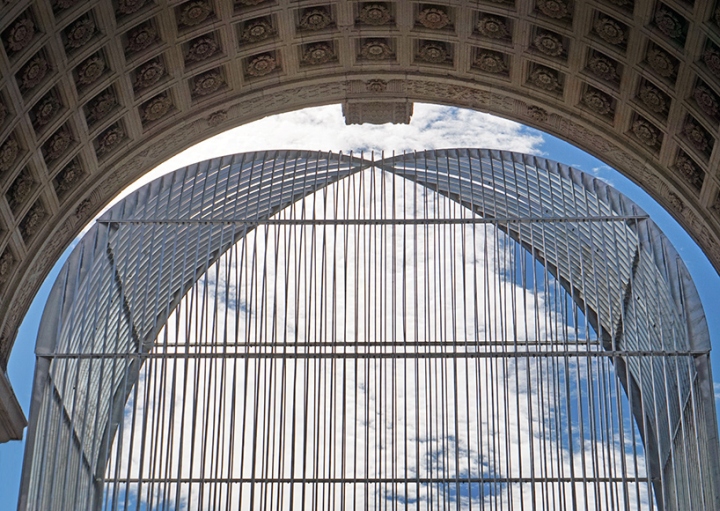
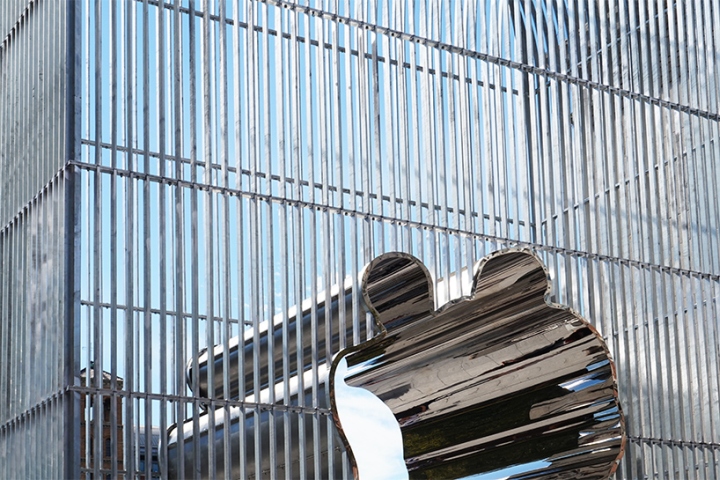
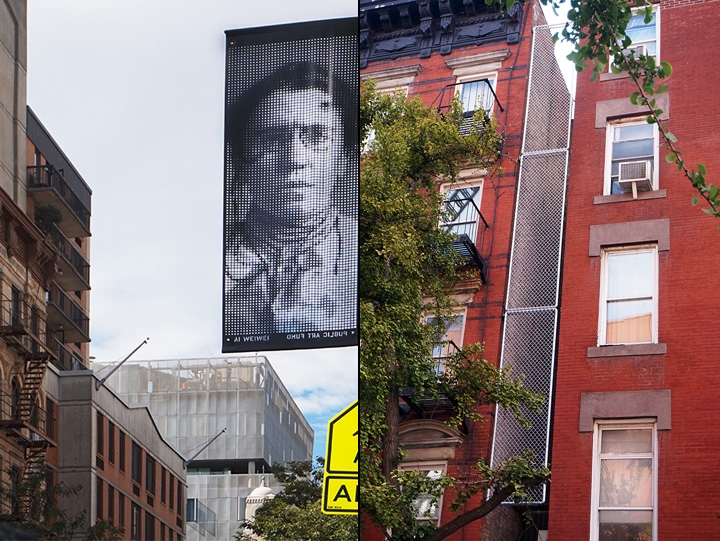
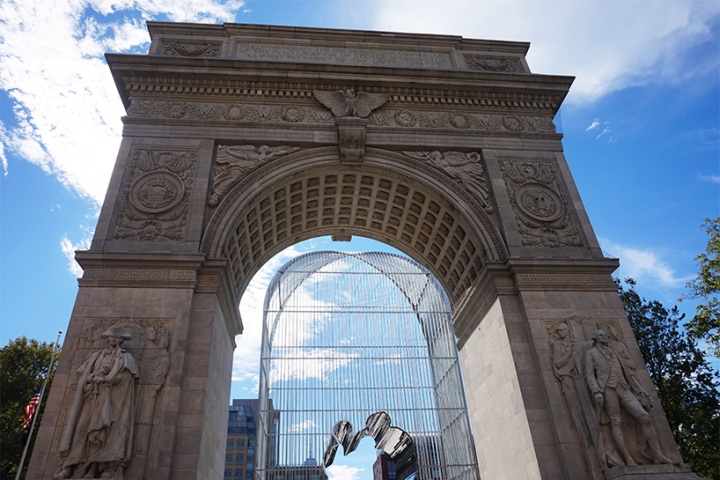
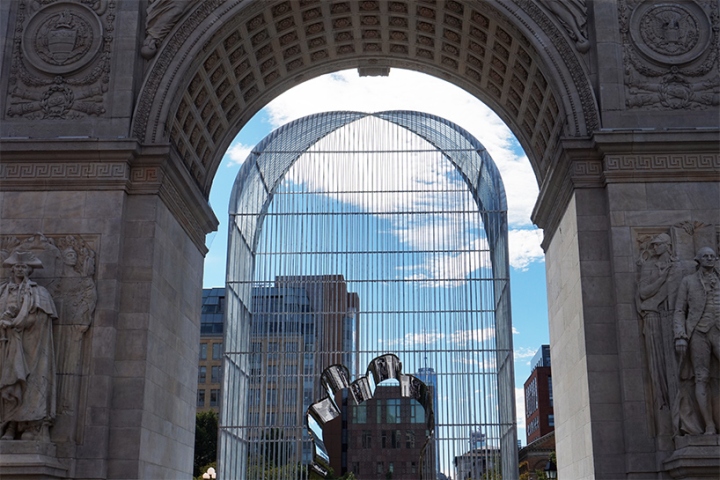
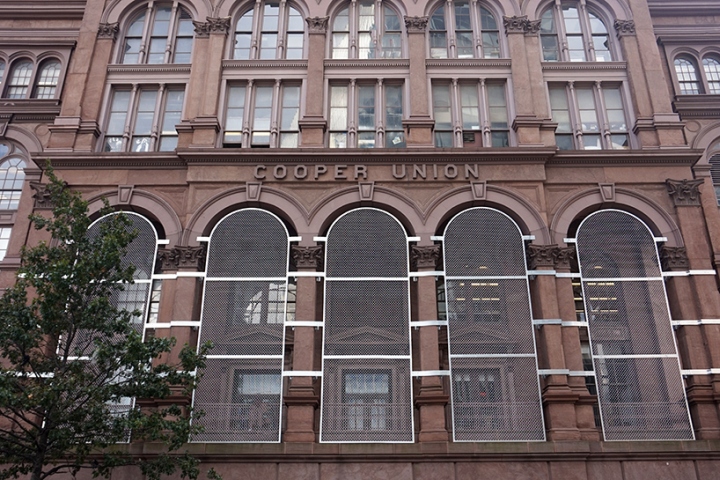
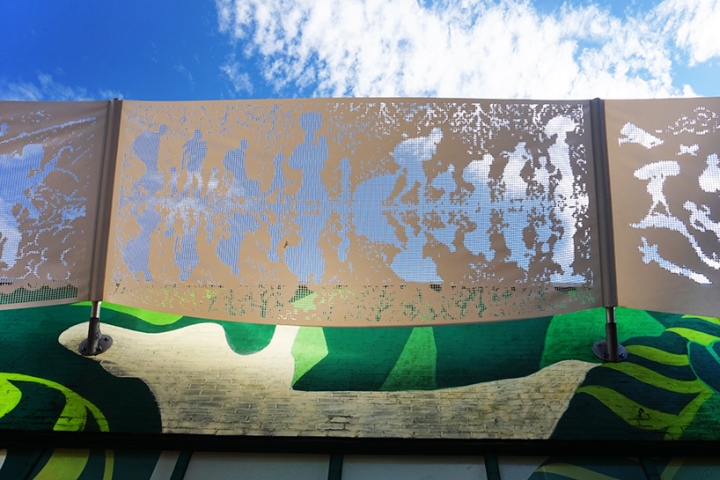
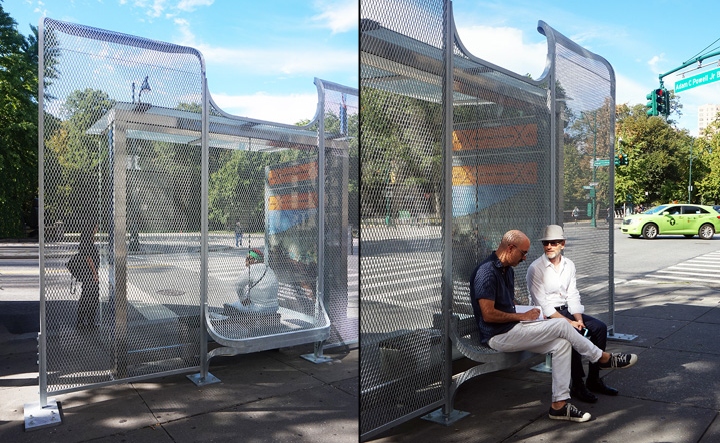
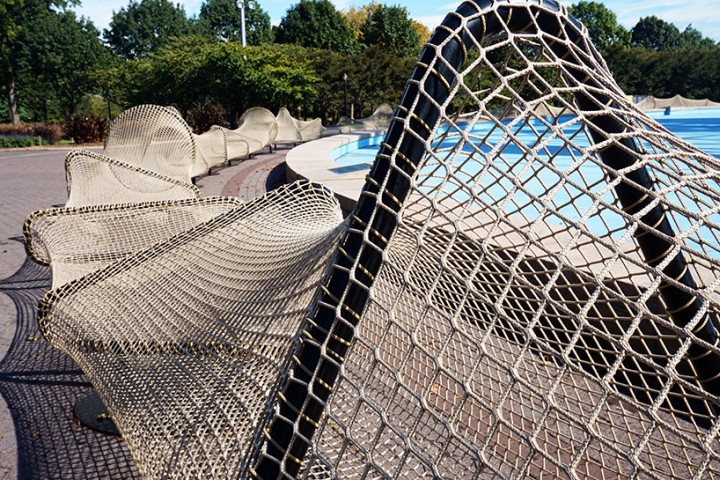
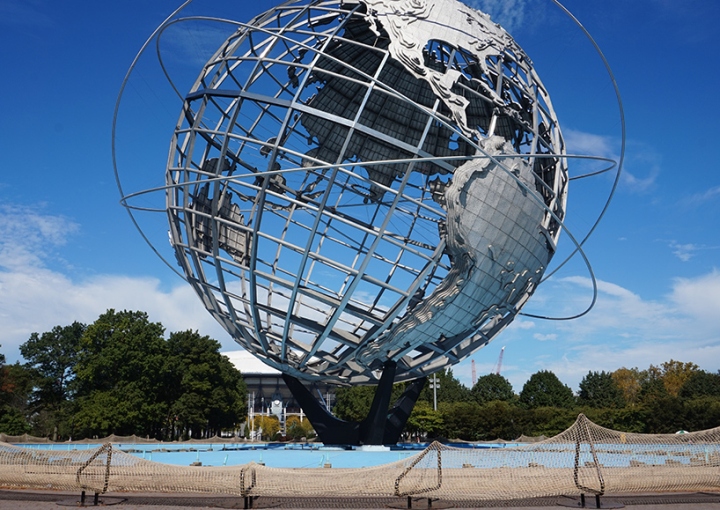
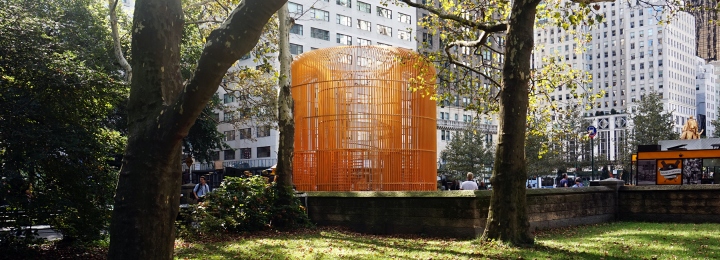
https://www.designboom.com/art/ai-weiwei-fences-make-good-neighbors-public-art-fund-10-10-2017/


















Add to collection

